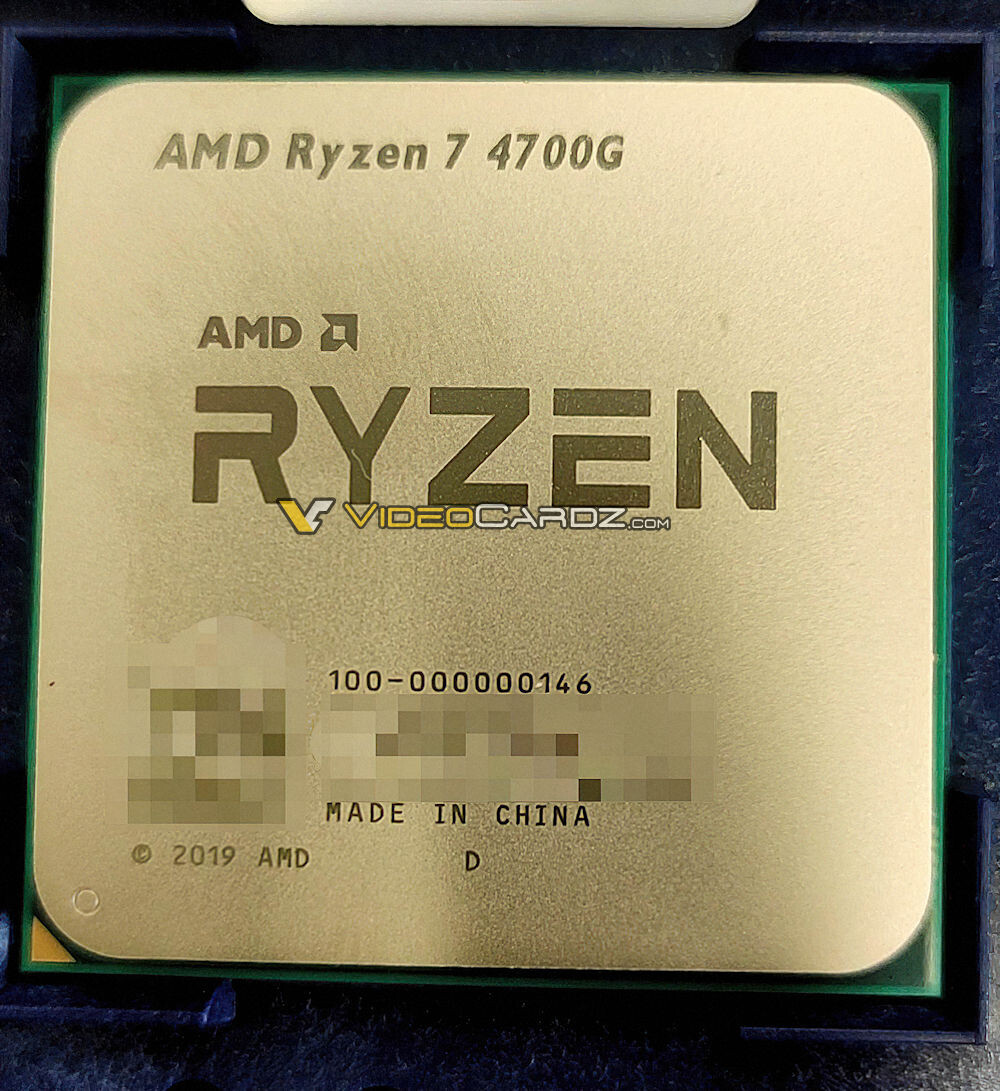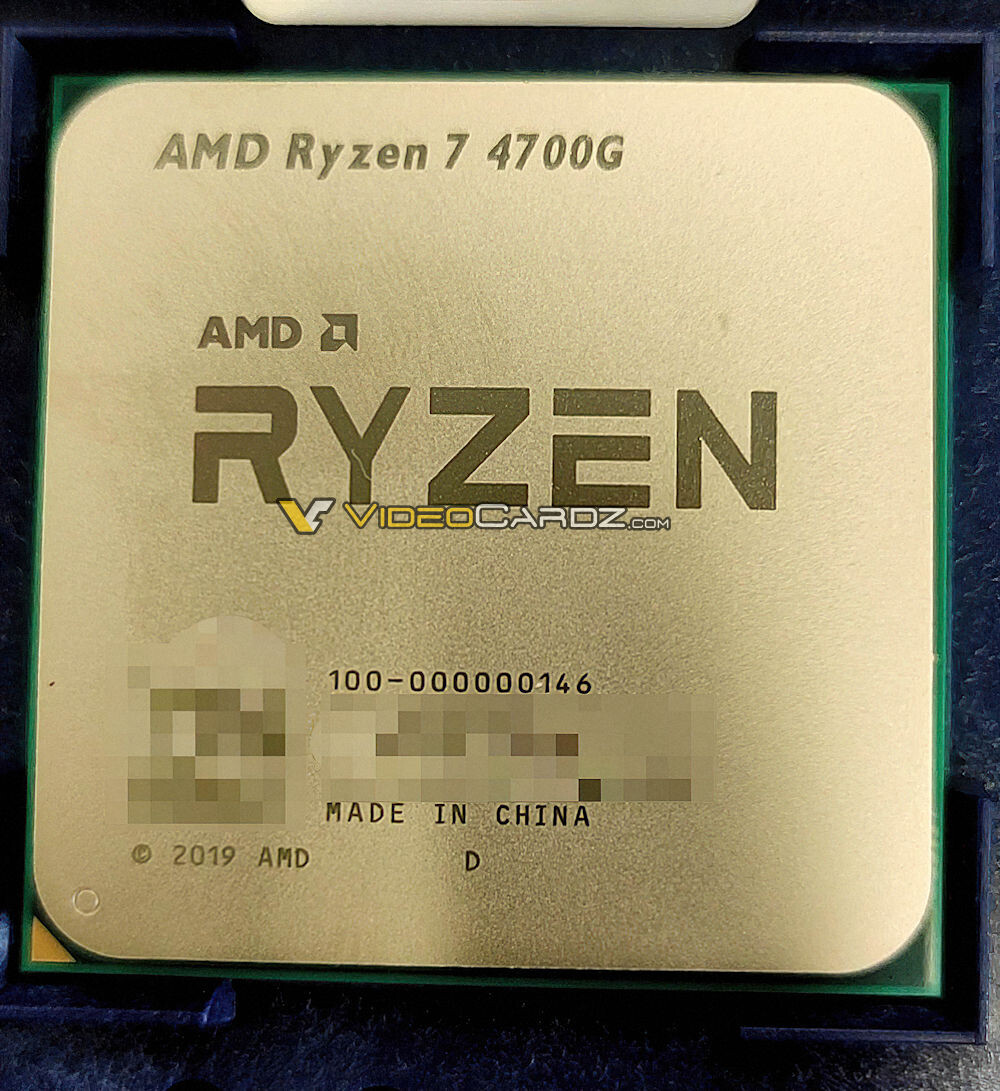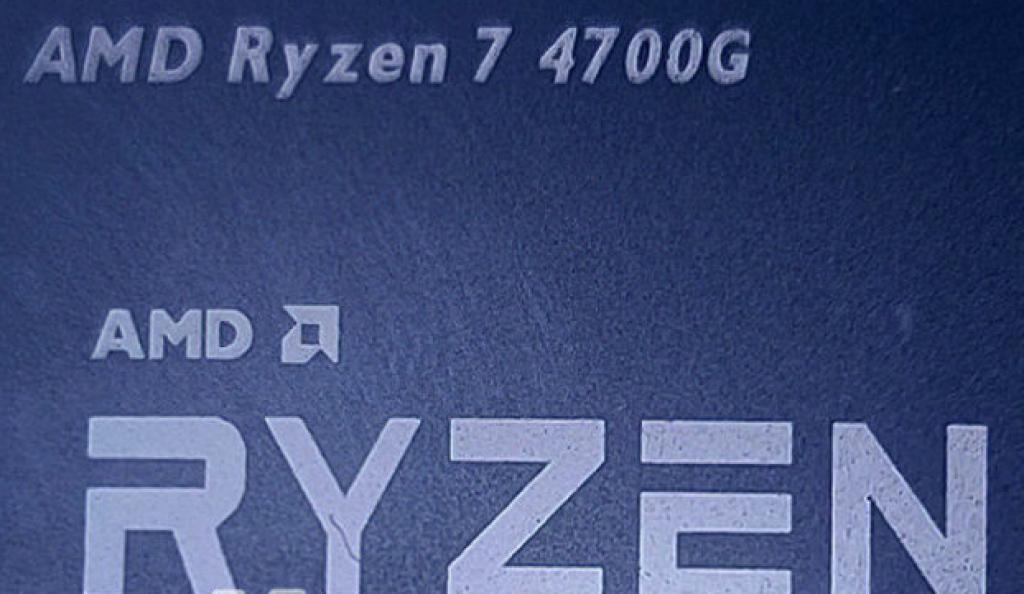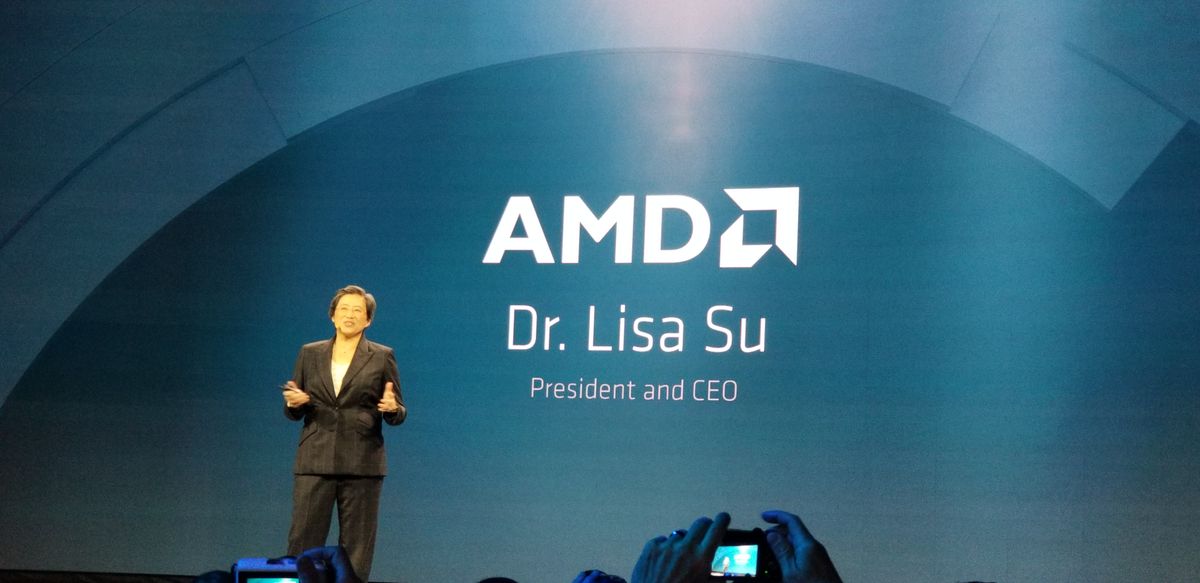Where am I saying 'substantial change to the architecture'? Don't you understand that sometimes a single critical pathway can undermine everything else? Maybe the clock signals weren't propagating correctly to all areas preventing the ramping of frequency, maybe whatever.Well, i dont think anybody considers Vega at 2.1Ghz stock on an APU as not suprising. When we discussed this a few months ago we were talking about 1.7Ghz with 2.0Ghz being possible with OC. Now we are talking about 2.5Ghz as possible with OC, how this is not a suprise to you?
And im sorry, but wharever AMD did to Vega they did not announce it, the only thing we know is that they clock higher, any sustancial change to the arch would have caused at minimum a name change to "Vega 2" or something to draw attention to it, not sweep it under the rub.
Very narrow thinking in my opinion.








